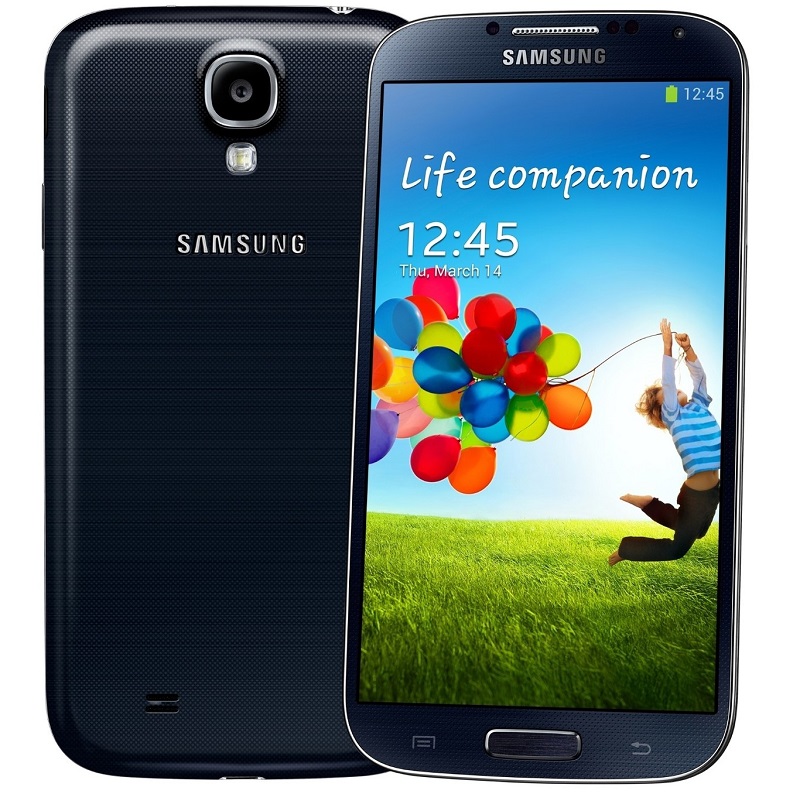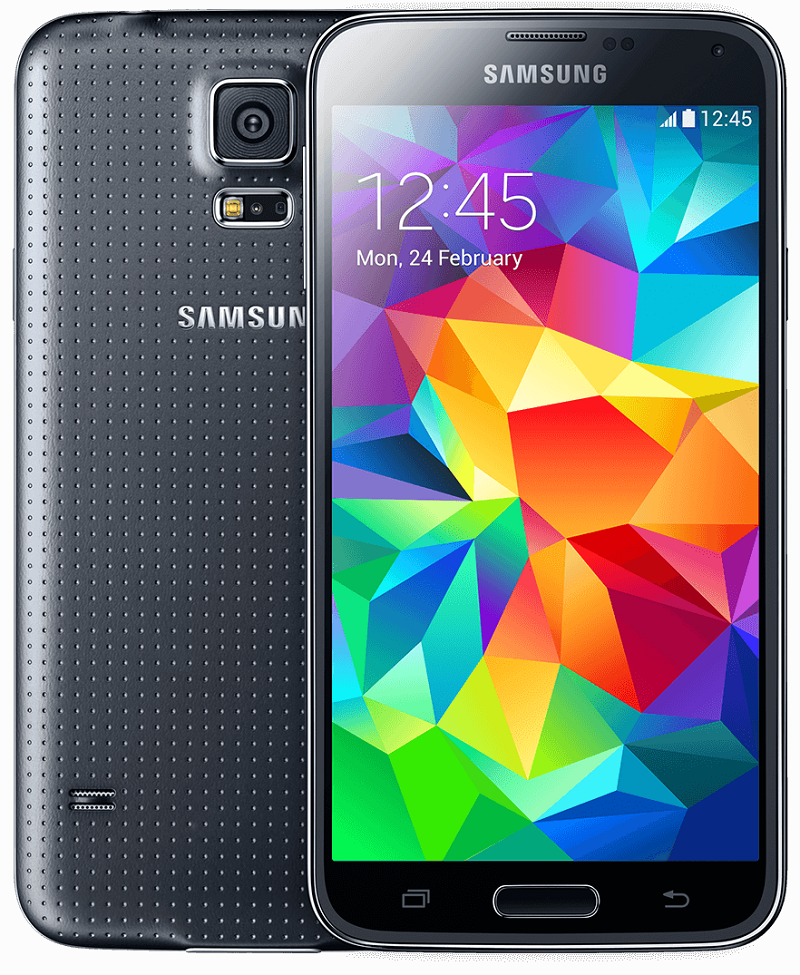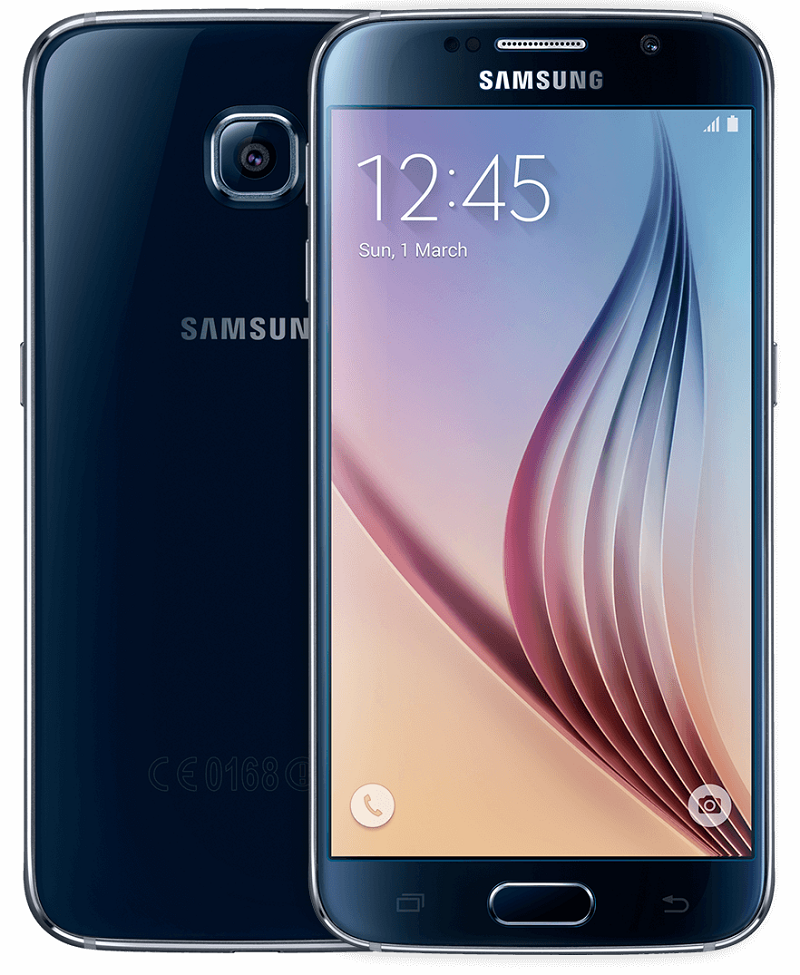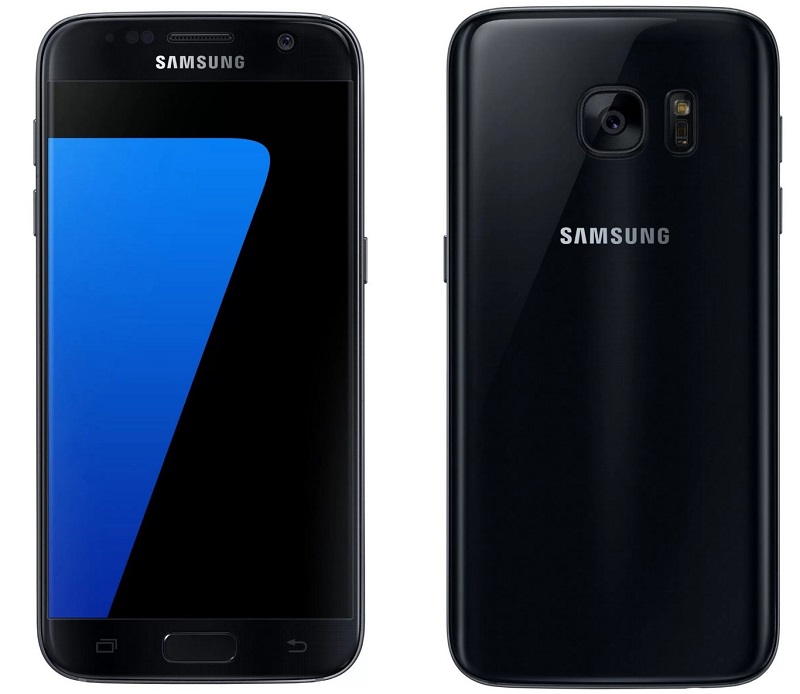The South Korean firm was already a benchmark in mobile telephony, but its Samsung Galaxy S (GT-I9000) sowed the first seed of that “imperial” family of Android devices that has ended up being absolute protagonist of the high range in this platform.
That first model showed the ambition of a Samsung that would end up finding a reef with which to compete finally with the Apple iPhone and with which to differentiate of its rivals in Android. The S family was born, and these have been the different members that have come to this day and are expanding today with their new and spectacular models, the Samsung Galaxy S8 and the Samsung Galaxy S8+.
Galaxy S: The beginning

The first big Samsung device was not really too big: the Samsung Galaxy S had a 4-inch screen with a resolution that today we would consider ridiculous: 800×480 pixels.
The other specs were not too spectacular over the years: Exynos Hummingbird processor at 1 GHz, 512 MB RAM, 8/16 GB storage, and a very discreet rear camera of only 5 Mpi.
That terminal was governed by Android 2.1 Eclair, and although these benefits now seem little, its design was revolutionary for the time because of its thinness and lightness. It sold a whopping 24 million units. Oh, and it had a replaceable battery.
Galaxy S II: Samsung confirms ambition

That first device laid the foundations of a family that was soon required to become a benchmark of the market. At the 2011 MWC Samsung took the opportunity to introduce the Samsung Galaxy S2, a terminal that consolidated the ambition of the firm.
The Galaxy S2 stood out by its thinness (8.9 mm) and began to grow in diagonal: 4.3 inches although it maintained the resolution of 800×480 pixels. Inside we found an Exynos dual-core to 1.2 GHz, 1 GB of RAM, 16 or 32 GB capacity and an 8-megapixel camera that was capable of recording video in 1080p.
The device, governed by Android 2.3 Gingerbread – came to have Android 4.1 Jelly Bean, once again was a overwhelming success and sold more than 40 million units worldwide. That mobile however would be overshadowed by one of the legendary series, his successor, Galaxy S III.
Galaxy S III: Unparalleled in its time

The design of the Galaxy S III was the first clearly differentiated element of a device that was launched at an event of its own, the Samsung Unpacked 2012 of May of that year.
That smartphone was a new leap in size reaching 4.8 inches, but also in resolution: those 720p were already differential, and were also protected by a glass Gorilla Glass 2. Inside emphasized the Exynos 4 Quad that with its four 1.4 GHz cores showed its power from the first moment. It had 1 GB of memory and versions of 16, 32 and 64 GB expandable via microSD. The 2,100 mAh battery was still removable in this model.
It was a terminal with which began to commercialize versions with LTE connectivity for the markets in which the networks 4G began to operate, but in it also emphasized its camera of 8 Poles increasingly polished. In the software the protagonist was Android 4.0 Ice Cream Sandwich, although among the novelties also emphasized an S Voice that tried to curdle without success.
Galaxy S4: Trying to differentiate itself in software

It seemed difficult for Samsung to repeat the success of its predecessors in an increasingly mature market, but the arrival of the Galaxy S4 showed that users were still waiting for a great evolution of the top range of the South Korean firm. It was launched in April 2013, and in just six months managed to surpass the 40 million units sold.
The Galaxy S4 again grew in size and made the leap to 5 inches with a Super AMOLED screen that also boasted 1080p resolution for the first time and a processor that would also be unequivocally associated with the high end: the Qualcomm Snapdragon 600, which Began this “partnership” with the best terminals of that season. The CPU was accompanied by 2 GB of RAM – another remarkable jump – and up to 64 GB capacity.
The camera also grew in resolution up to 13 Mpixel, while in the software section the presence of Android 4.2.2 Jelly Bean was almost relegated to the background due to the large number of “own” novelties in this field, with applications as S Health or control systems like Air View and Air Gesture that would end up not being so used. That gaming software would not work too well for Samsung, but that would not matter too much, because the terminal ended up being again a great sales success.
You may also like to read another article on YellowTube: Samsung has decided that its new mid-range of phones Galaxy A5 and A3 has to be water-resistant
Samsung Galaxy S5: Water resistance is not enough

The Galaxy S5 and its curious back that was quickly compared to the bandages was probably Samsung’s first significant stumbling block in this family. Launched in February 2014, the highly anticipated Galaxy S5 tried to convince the public with new features such as water resistance.
It did not get it all, probably because in the rest of the sections the news was less conspicuous. The use of the plastic was criticized to that design of a high range that had to be more ambitious, and in size things would settle with a screen 1080p of 5.1 inches. The 2 GB of RAM and the 16 or 32 GB capacity expandable via microSD accompanied the processor Exynos 7 Octa 7580 or Snapdragon 801, which did give the terminal a spectacular performance again at that time.
This processor helped a particularly fast 16-pixel camera that was also capable of recording in 4K. At last the fingerprint sensor arrived at this terminal, which placed it in the characteristic start button on the front. The gaming software was relaxed, and Android 4.4.2 was the main exception to a terminal that “only” sold 12 million units in the same period that its predecessor had sold 40. Something was happening in Samsung, which had to wake up and reactivate.
Samsung Galaxy S6: Removing options was never a hit, come the curves

It would not hit too much Samsung with a Galaxy S6 that yes, made a qualitative leap in design with the use of metal that nonetheless made both the water resistance and the removable battery and the microSD slot that had been one of the keys The success of this device. A Galaxy S6 Edge that offered a (light) curved screen in its sides that in fact had already debuted a few months before with the Galaxy Note Edge brought the surprise.
The 5.1-inch screen made use of a resolution of 2K (1440p) for the first time, and the 3GB of RAM (another increase) was accompanied by models ranging from 16 to 128 GB capacity. The 16-megapixel camera was especially notable for its f / 1.9 aperture, while a fast charging system was arriving that would be an integral part of Samsung’s handsets ever since.
Samsung tried to bet on virtual reality as an integral part of the terminal, but that was not decisive for a device that although it behaved in a remarkable way ended up being worse valued for having dispensed with aspects relevant to users. These terminals arrived with Android 5.0.2 Lollipop ruling them, and also with less presence of “bloatware” pre-installed. These reviews resulted in a very special effort by Samsung to renew this range with design and performance to match.
Samsung Galaxy S7: Recovering good habits

In February 2016, Samsung took advantage again of the Mobile World Congress of Barcelona as a frame of its event Unpacked 2016. On the 21st of that month the Samsung Galaxy S7 and its Edge version were introduced, two terminals that returned to the good part of the reputation lost thanks to a few important successes.
The first of them, the one of a design in which again metal and glass were protagonists. The return of the resistance to water and dust was remarkable, but perhaps it was even more the return of the micro SD slot that had so much missed the users of this family of terminals. The 5.1-inch Super AMOLED screen was back to take advantage of the resolution 1440p, while on the inside we had the Exynos 8890 or the Snapdragon 820 according to the market, accompanied by 4GB of memory and a 32GB internal capacity.
The camera took a step back in sensor resolution, but that served to demonstrate that in photography the megapixels are not everything. It is undoubtedly one of the best mobile cameras in history, thanks in part to its f / 1.7 aperture and an even more precise hybrid focus system. The terminal was on the right track, although not some criticized the one that was not more differential with respect to the S6, something that certainly was reserved for the new member of the family that presents / displays today.
Samsung Galaxy S8: Expecting the best from Samsung again

Samsung has now extended its family with the new Galaxy S8 and Galaxy S8 +, and as we have seen, has made a qualitative leap in several of the options of these devices. To begin with, we have those spectacular Infinity Display screens that make us forget almost completely of the frames of the device, posing new scenarios of use of these smartphones.
There are other important developments such as those affecting the new button invisible home, located below the screen, the new fingerprint sensor on the rear, and certainly the introduction of software features promising as the voice assistant Bixby and mode DeX desktop that we have already been able to test in a preliminary way.
Not to forget that the commitment to the cameras is reinforced although Samsung has not followed the trend to double camera that other rivals have adopted. The new processors provide more power in general purpose tasks and especially in graphics performance, but here the revolutions are more difficult to achieve in such a mature segment. Be that as it may, it seems clear that Samsung has in the Galaxy S8 / S8 + a worthy heirs of this family of devices.
